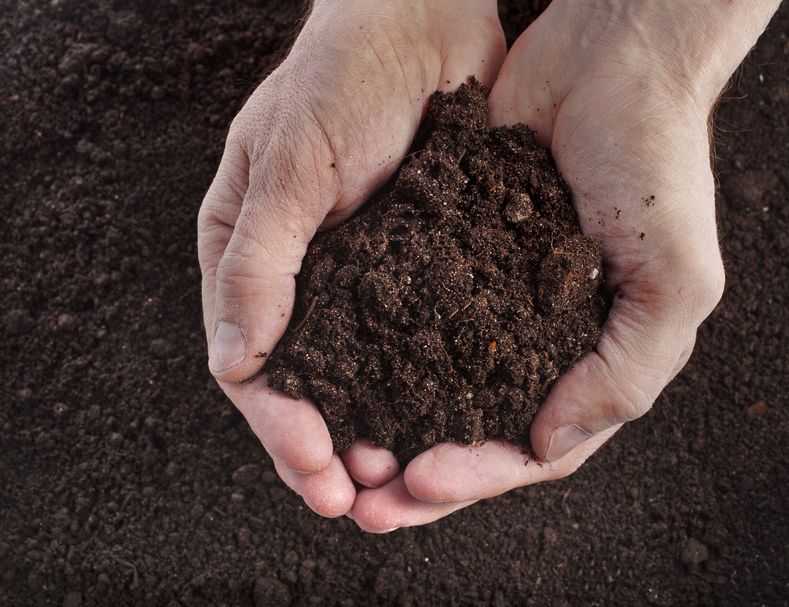
Nearly 40 percent of arable soils across England and Wales are 'degraded', according to a newly-developed soil health index developed by British scientists.
The index, developed by Rothamsted Research, shows for the first time that 38% of arable soils in England and Wales are degraded.
This is compared with less than 7 percent of grassland and woodland soils being given the same rating.
The index classifies soils by the proportion of organic matter versus clay that they contain.
Scientists say this is considered a good predictor of how much carbon they can take up and store – vital in the fight against climate change – as well as a general indicator of how well they are functioning.
The data behind the index is based on more than 3,800 soils collected between 1978 and 1983 as part of a national soil survey.
Lead author and PhD student, Jonah Prout said changes in soil carbon 'take time' - so the message of these results were likely to still apply today.
“Soil carbon is vital for the proper functioning of soil, but its absolute value alone is not always a true reflection of a soil’s health due to the very varied nature of different soils.
“By analysing a wide range of soils from across England and Wales, we were able to test this index as an indicator of soil structure – of key importance to soil functioning - and a measure of whether a soil needs improving.”
He said the ratings were largely independent of climate, soil type or the type and amount of vegetation growing on it, providing a 'true indication' of the status of the soil.
The index is based on two routinely taken soil measurements, and can be easily established on any field in England and Wales, Rothamsted Research says.
It adds that the index can help farmers improve the natural services soils provide, such as food production, flood protection and carbon storage.
Arable soils become degraded through regular ploughing, when not enough organic matter is added, and in some case when soil organic matter is washed away.
Co-author, Professor Steve McGrath said: “Previously no one could tell you what a good level of organic matter for a particular soil was.
"An index allows farmers to determine how best to manage their land – where to grow, where to treat, and where to build - depending on the state of their soil.
“There are various ways to improve a soil, but to do so, we first need to know which ones need what help. This measure is an easy way to do so.”
The index is calculated by measuring the proportion of soil carbon to soil clay, with samples then categorised based on this value as ‘very good’, ‘good’, ‘moderate’ or ‘degraded’.
Soils where there is at least 13 times more clay than carbon are rated as degraded, whilst those with less than 8 times the amount of clay compared to carbon are regarded as very good.
On this scale, soil from 38.2% of arable, 6.6% of grassland, and 5.6% of woodland sites were in the poorest conditions.
Having looked at the picture in England and Wales, Mr Prout said the next step was to look at a later survey and long-term experiment data to see how the index values have changed over time.
